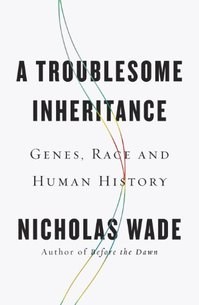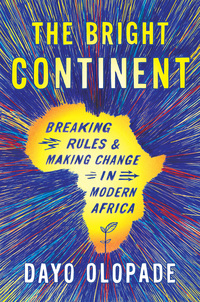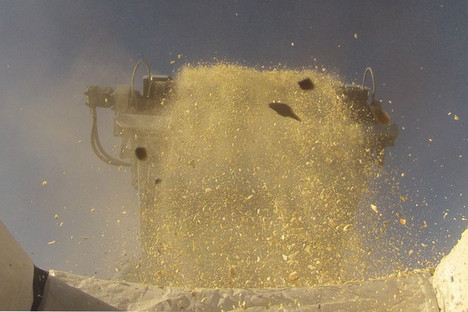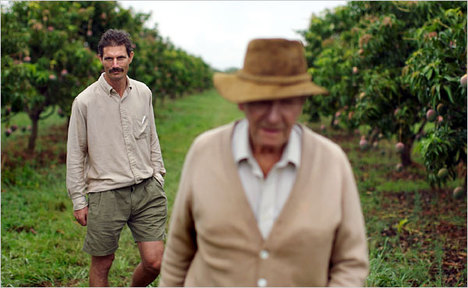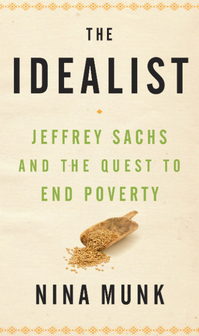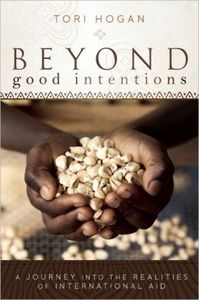(p. 1) BANGWEULU WETLANDS, Zambia — Out here on the endless swamps, a harsh truth has been passed down from generation to generation: There is no fear but the fear of hunger.
With that always weighing on his mind, Mwewa Ndefi gets up at dawn, just as the first orange rays of sun are beginning to spear through the papyrus reeds, and starts to unclump a mosquito net.
Nets like his are widely considered a magic bullet against malaria — one of the cheapest and most effective ways to stop a disease that kills at least half a million Africans each year. But Mr. Ndefi and countless others are not using their mosquito nets as global health experts have intended.
Nobody in his hut, including his seven children, sleeps under a net at night. Instead, Mr. Ndefi has taken his family’s supply of anti-malaria nets and sewn them together into a gigantic sieve that he uses to drag the bottom of the swamp ponds, sweeping up all sorts of life: baby catfish, banded tilapia, tiny mouthbrooders, orange fish eggs, water bugs and the occasional green frog.
“I know it’s not right,” Mr. Ndefi said, “but without these nets, we wouldn’t eat.”
Across Africa, from the mud flats of Nigeria to the coral reefs off Mozambique, mosquito-net fishing is a growing problem, an unintended consequence of one of the biggest and most celebrated public health campaigns in recent years.
The nets have helped save millions of lives, but scientists worry about the collateral damage: Africa’s fish.
. . .
“The nets go straight out of the bag into the sea,” said Isabel Marques da Silva, a marine biologist at Universidade Lúrio in Mozambique. “That’s why the inci-(p. 10)dence for malaria here is so high. The people don’t use the mosquito nets for mosquitoes. They use them to fish.”
But the unsparing mesh, with holes smaller than mosquitoes, traps much more life than traditional fishing nets do. Scientists say that could imperil already stressed fish populations, a critical food source for millions of the world’s poorest people.
. . .
In many places, fish are dried for hours in direct sunlight on treated mosquito nets. Direct sunlight can break down the insecticide coating. Anthony Hay, an associate professor of environmental toxicology at Cornell University, said fish could absorb some of the toxins, leaving people to ingest them when they eat the fish.
“It’s just another one of these ‘white man’s burdens,’ ” Mr. Hay said, referring to William Easterly’s well-known book critical of foreign aid by the West. “We think we have a solution to everybody’s problems, and here’s an example of where we’re creating a new problem.”
. . .
For Mr. Ndefi, it is a simple, if painful, matter of choice. He knows all too well the dangers of malaria. His own toddler son, Junior, died of the disease four years ago. Junior used to always be there, standing outside his hut, when Mr. Ndefi came home from fishing.
Mr. Ndefi hopes his family can survive future bouts of the disease. But he knows his loved ones will not last long without food.
For the full story, see:
JEFFREY GETTLEMAN. “Meant to Keep Mosquitos Out, Nets Are Used to Haul Fish In.” The New York Times, First Section (Sun., JAN. 25, 2015): 1 & 10.
(Note: ellipses are added.)
(Note: the online version of the story has the date JAN. 24, 2015, and has the title “Meant to Keep Malaria Out, Mosquito Nets Are Used to Haul Fish In.”)
The book referenced by Professor Hay, is:
Easterly, William. The White Man’s Burden: Why the West’s Efforts to Aid the Rest Have Done So Much Ill and So Little Good. New York: The Penguin Press, 2006.

